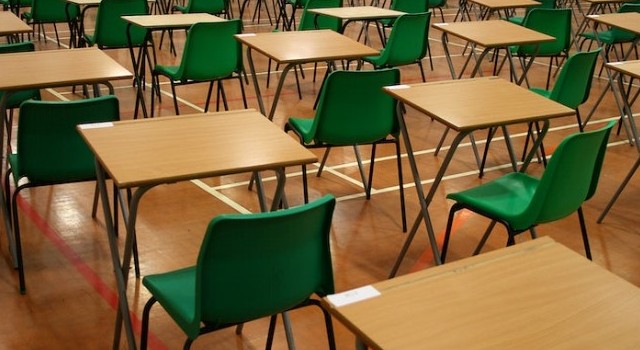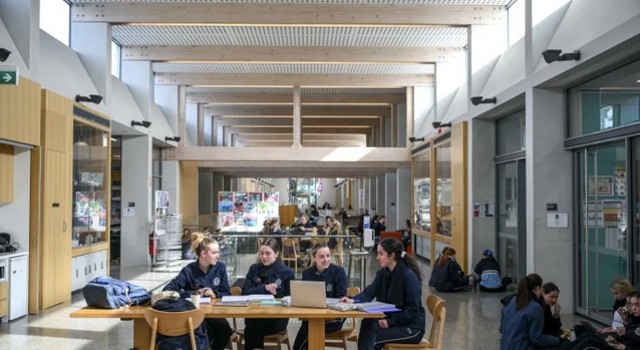The proportion of the state’s top HSC achievers who attend disadvantaged schools is shrinking as analysis of results shows the state’s education divide is widening, the Sydney Morning Herald reports.
Almost 60 per cent of the highest achieving students are concentrated in the most advantaged schools, according to an analysis by a leading education commentator that exposes an intensifying education divide as a growing number of students see no final exam high-achieving peers in their own schools.
“While top HSC achievers were once spread around NSW schools, this is no longer the case,” Chris Bonnor said, a former principal and researcher who analysed distinguished achiever figures from 2005 to 2021.
“They have almost disappeared from low socio-economic schools in all locations, and at the disadvantaged end of most sectors.”
“High achievers are now concentrated in fewer schools. It is becoming more evident in NSW, where it reveals the extent to which scholars are separated from strugglers,” he said.
The analysis shows that last year 59.4 per cent of HSC top achievers (students who achieved a result in the highest band) were in the most advantaged schools (those with an ICSEA over 1100, the score that measures a school’s socio-educational advantage), compared to 52.2 per cent in 2005.
The proportion of high achievers in disadvantaged (schools with an ICSEA below 1100) was 43 per cent 15 years ago, compared to 34.9 per cent last year.
“In 2005 top achievers were found in most high schools, with about 50 small and mainly regional public schools missing out. But in 2021 three times as many schools had no distinguished achievers at all,” Bonnor said.
Tom Alegounarias, the former chair of the NSW Education Standards Authority, said the significance of the issue cannot be underestimated as concentrations of needier students affect the work required of teachers, student and teacher expectations and the support needed from systems.
“The clustering of advantage and disadvantage is a result of all sorts of issues including social, economic and policy. It creates demands that compound existing issues of access and equity,” said Alegounarias, who is head of the University of Sydney’s Centre for Educational Measurement and Assessment.
FULL STORY
Education gap widens as HSC high achievers disappear from low socio-economic schools (Sydney Morning Herald)
PHOTO
Raw Pixel





